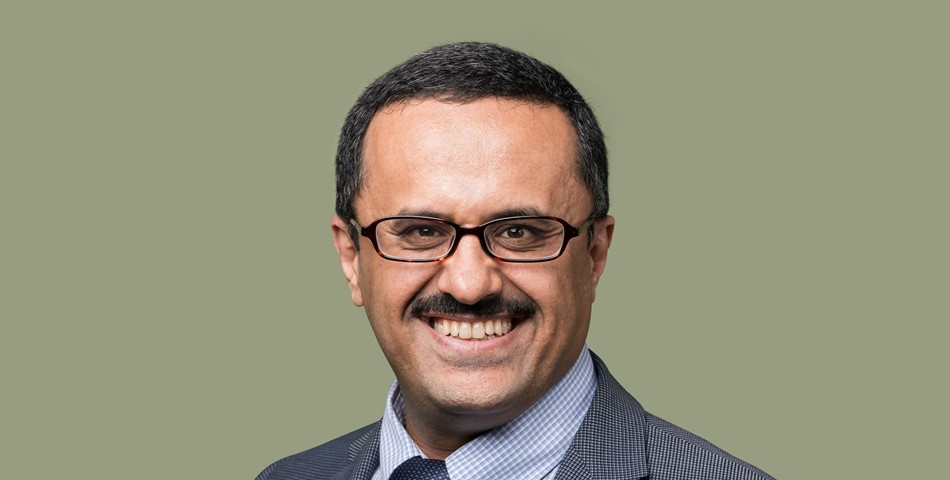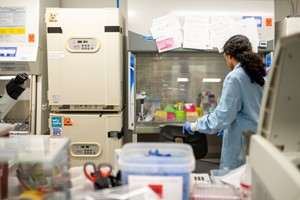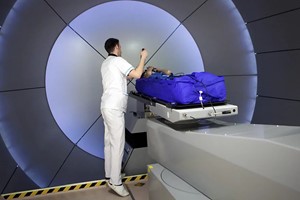A wild roller coaster of emotions often accompanies life after childbirth, including dissatisfaction with the body’s ability to return to its pre-pregnancy shape. One to two years after having a baby, 86 percent of women say their belly still hasn’t returned to normal, according to a study interviewing more than 7,000 women . Around 64 percent of these same women confessed to feeling worse about their body image since becoming a mother. Diet and exercise alone cannot always reverse the problems of excess skin and stretched out fascia following pregnancy. To remedy these issues, women are turning to a tummy tuck after pregnancy, abdominoplasty, to regain their pre-pregnancy figure and confidence along with it. Sometimes referred to as a “mommy tuck,” post-pregnant women are part of the growing trend to improve the abdominal contour under the surgical care of leading board certified plastic surgeon, Pregnancy and the fluctuation of weight impacts both the skin and underlying muscle, making women turn to a tummy tuck because the surgery helps restore weakened or separated muscles to create a smoother and firmer abdominal profile.
Excess skin from pregnancy
Carrying a baby for nine months can be one of the most rewarding and wonderful experiences in life but often lead to life altering effects on a woman’s body. Even after the recommended six-month recovery time with proper nutrition and exercise, sagging skin in the lower abdomen can be difficult to revert back to its natural firmness. Abdominoplasty is the sought after answer for this moderate cutaneous excess.
Diastasis recti caused by pregnancy
The larger issue after pregnancy is diastasis recti where the abdominal muscles are spread apart by the overstretching of the linea alba, the tissue or fascia at the center of the rectus abdominis muscles. Research suggests at least 60 percent of women experience this overstretching of their “six-pack” muscles six weeks after giving birth. In fact, 30 percent of women still have diastasis recti at their baby’s first birthday. During pregnancy, ab muscles stretch as the uterus expands and pregnancy hormones thin the tissue to make it softer and more pliable. While completely normal for a woman to have a small amount of widening along the midline, a separation of more than 2 centimeters is considered to be a problem. While diastasis recti can happen at any point in the second half of pregnancy, once a mother gives birth, the abdominal wall weakens and slackens and the thinner midline tissue cannot support the torso and internal organs leading to a “baby pooch.” Building back the midline – even with Pilates exercises – almost always will not completely disappear on its own. The diastasis rectus is solution is turning to a standard tummy tuck, designed specifically to tighten ab muscles, remove excess skin, and contour the lower abdomen
Additional benefits from a tummy tuck after pregnancy
New research reveals a tummy tuck may have more benefits than just cosmetic and confidence changes. This surgery can improve chronic pain and urinary incontinence. The study notes 5 to 21 percent of women experience chronic back pain more than two years after childbirth. Even 10 to 12 years after pregnancy, 25 to 38 percent of women experience urinary incontinence. Because of abdominal muscle separation and weakness, the lower back is left unstable and unsupported, but a tummy tuck can help reduce the pain by repairing the tightening of the core. Also, removal of excess weight can put less strain on the back. Although the study was inconclusive on how a tummy tuck reduced incontinence, researchers believed the procedure returned tension distributed throughout the fascia network that was lost during pregnancy. This could lengthen the urethra and improve urinary continence
When to schedule a tummy tuck after pregnancy
While tummy tuck surgery can be completed immediately after birth and even after a Cesarean section, most plastic surgeons recommend waiting until mom has decided she is done having children. In 2016, a tummy tuck was one of the top five surgical procedures in women 30-39, a typical age for post-childbearing years. While patients have had success prior to their last pregnancy, most doctors see the most consistent results after the final child is born. The uterus takes six weeks to return to its normal size after delivery, which is one of the reasons why plastic surgeons prefer to wait to perform the tummy tuck. Typically, within six months to one year, a woman’s body will return to her original weight to help determine how much tightening is needed. This time also allows a mom to develop a habit of eating healthy, nutrient dense foods and implement an exercise routine. By being close to an ideal body weight, a body contouring procedure will see maximum results. Mothers should also finish breastfeeding six months before scheduling a tummy tuck surgery. The pain medications after surgery can be passed to an infant through breast milk and can be harmful to babies. Also, pregnancy hormones, causing tissues to soften, will no longer be present in the body allowing tissue to bind together better and heal more efficiently after surgery. If you decide you want a tummy tuck immediately after birth especially after c-section, be prepared for a longer recovery.
Dr. Jamil Al Jamali
Consultant Plastic Surgery
Medcare













